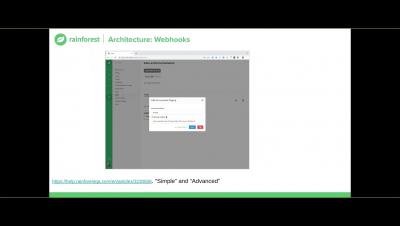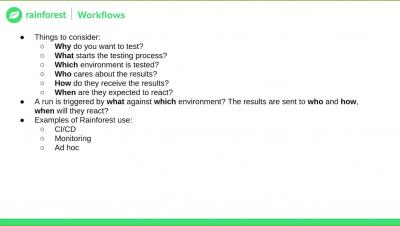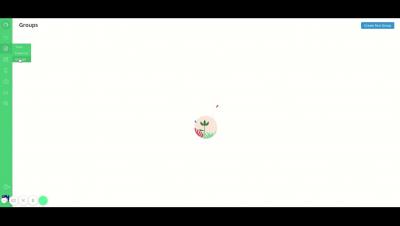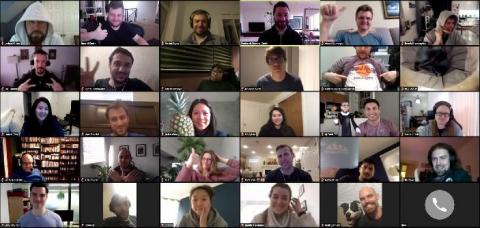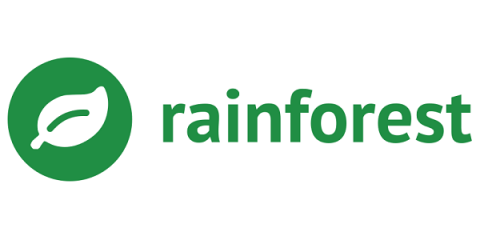Systems | Development | Analytics | API | Testing
Rainforest
Test Suite Organization
In this video, we look at how to:
- organize tests into Run Groups, and set automatic testing schedules
- organize tests into Features
- organize tests into Saved Filters
- use Rainforest's powerful search & filtering abilities to organize and reference tests within our database
Remote Culture Tips From a Distributed Team
We're all remote workers today. There has been a ton of amazing information published by some of the leading remote companies about how to work remotely, but we haven't seen much that talks about what kind of company culture is necessary for remote work to thrive. Having done this for 8 years, I can confidently say the 'soft stuff' is as important as tooling and process. To that end, I asked our team (over Slack, naturally) to share their tips on how to thrive as a remote worker.
Replacing Recompose with React Hooks
Recompose is a React utility belt for function components and higher-order components that has been very useful to our frontend engineering team. After more than three years of working with it, we’ve identified a lot of pain points. In October 2018, the React team introduced Hooks which shipped with React v16.8 and provided an alternative to HOCs.
How to remove Recompose and replace with Hooks
In our last post, we explored the pros and cons of Recompose and why we decided to remove it from our codebase. This post includes the strategy we used to approach the large task of implementing that refactor. It’s important to note that this strategy was created to fit our specific situation and is not a one size fits all approach to removing Recompose. Specifically, it was intended to work with our large codebase that is modified by our devs daily.
A guide to running offsites for remote companies
Rainforest QA is a distributed team. We have been distributed for seven years, with have Rainforesters all over the world and a truly global culture. On this seven year journey we have learned many lessons on how to run a global company with a coherent culture. According to the team our offsites are the most impactful thing we do to drive our distributed culture. With that in mind, here are some of our tips and learnings after doing ~20 offsites in 5 years.
How We Moved from Heroku to Google Kubernetes Engine
In my last post I laid out our reasoning for moving from Heroku to Google Kubernetes Engine (GKE) and other GCP services. Now I'll describe the actual migration process in detail. This isn't designed as a how-to guide for migrating from Heroku to GKE—Google has their own excellent tutorial for that—but rather a description of some of the challenges of migrating real-world production applications and how we overcame them.


